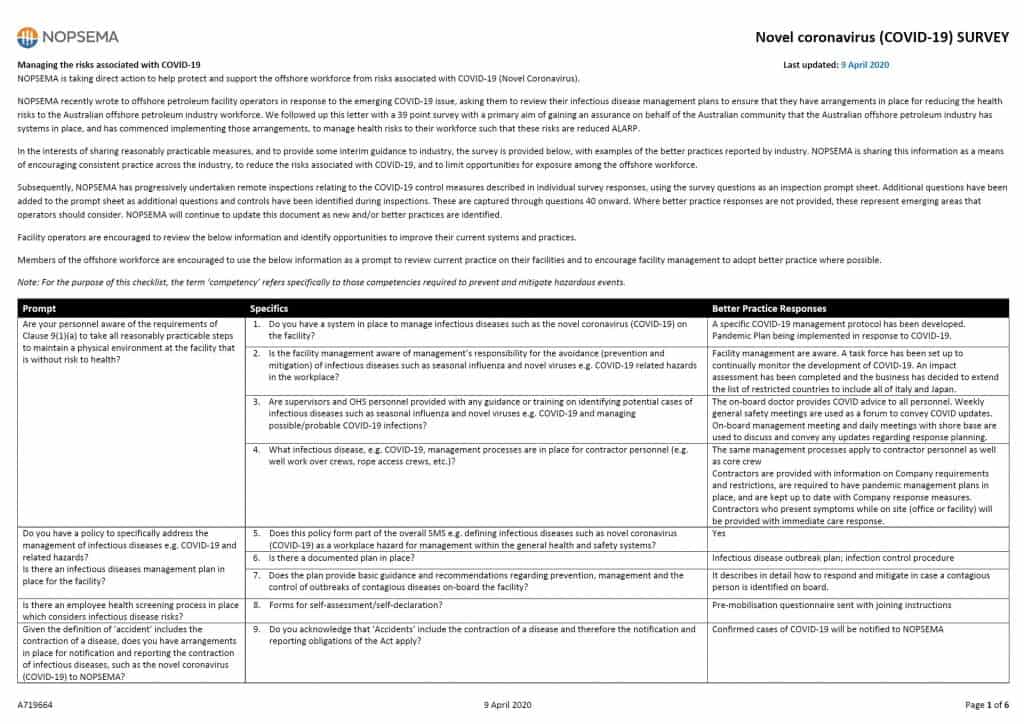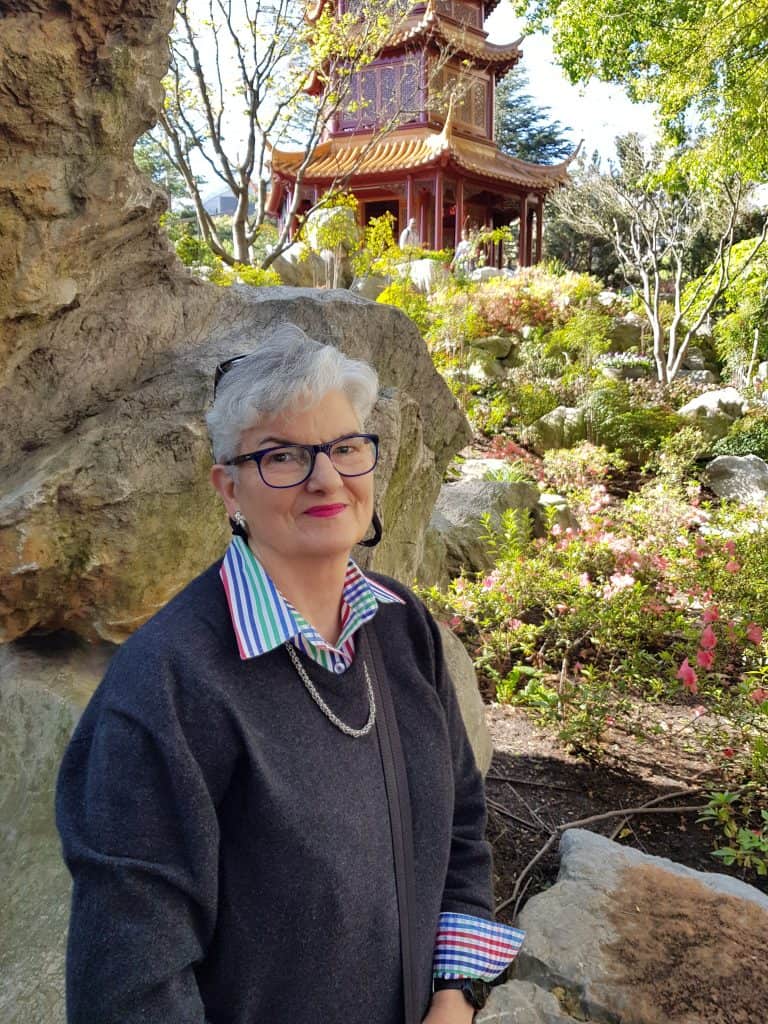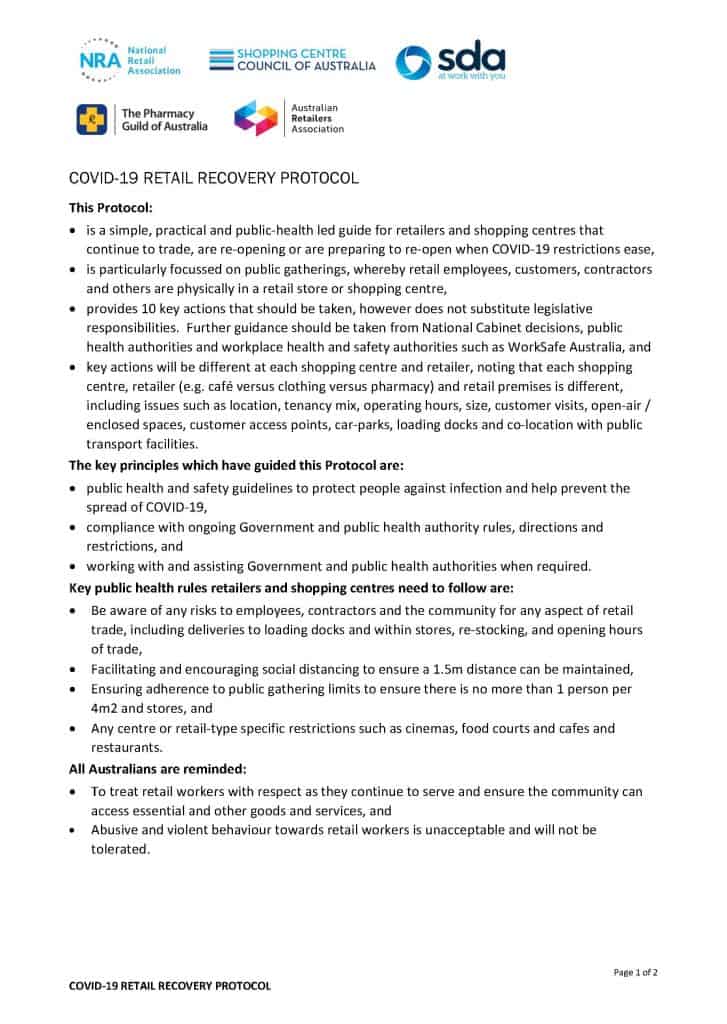
The discussions about occupational health and safety (OHS) and its relevance to COVID19 has finally touched the mainstream media with an article in The Age newspaper on May 7, 2020. The article is largely a reiteration of statements made by the Australian Council of Trade Unions (ACTU) and the Minister for Industrial Relations over the last few days but it is the first time that Safe Work Australia (SWA) has joined in.
The Chair of Safe Work Australia, Diane Smith-Gander has stated that additional regulations may have unintended consequences. She is quoted saying:
“We’ve got to let that system operate,… If we try to over-regulate and over-legislate, we will have unintended consequences for sure.”





